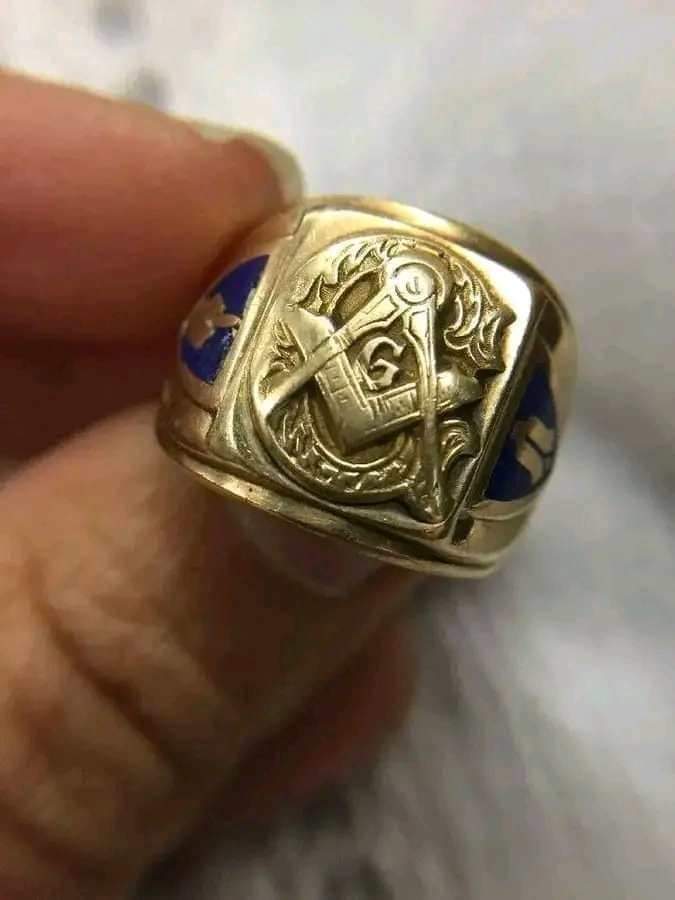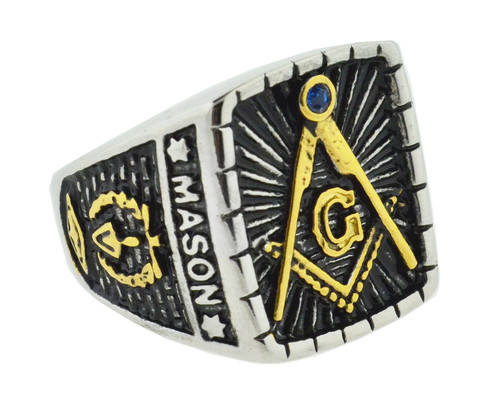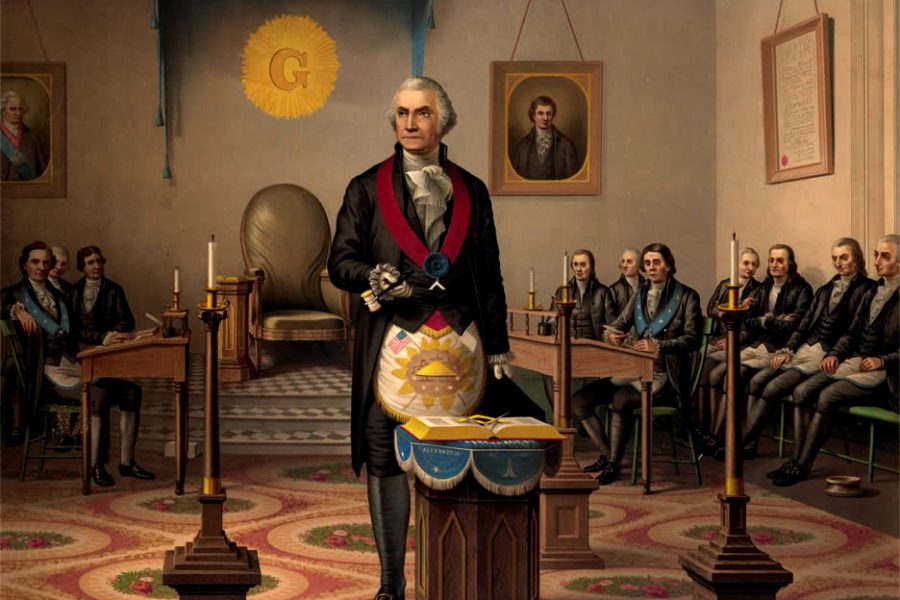
freemason ring
Discover the timeless craftsmanship of a Freemason ring—symbolizing heritage, unity, and brotherhood. Find the perfect design that reflects your Masonic journey today!
🔷 Freemason Ring: Meaning, History, and How to Choose the Right One
Introduction: More Than Just a Ring
Across centuries, the Freemason ring has stood as a symbol of honor, brotherhood, and mystery. Whether worn with pride by initiated Masons or admired by those intrigued by secret societies, the Freemason ring remains a powerful cultural and historical emblem. But what does it truly signify — and how do you choose the right one?
In this comprehensive guide, we explore the meaning, symbolism, history, and buying tips for Freemason rings, tailored for both initiates and the globally curious.
🔍 What Is a Freemason Ring?
A Freemason ring is a piece of jewelry worn by members of the Fraternal Order of Freemasonry — one of the world’s oldest and most secretive societies. It typically features the Square and Compasses symbol, often with the letter “G” in the center, representing God, geometry, or the Grand Architect of the Universe.
Key Features:
Symbolism: The square teaches morality, and the compass symbolizes spiritual boundaries.
Designs: Ranges from minimalist to ornate, using gold, silver, or even gemstone inlays.
Wearing Rules: Worn on the right hand or pinky, depending on lodge traditions.
📜 The History Behind the Freemason Ring
The tradition of wearing rings dates back to ancient times, but Masonic rings became particularly popular in the 18th and 19th centuries. As Freemasonry spread from Europe to the Americas and beyond, so did the use of the ring as a symbol of loyalty and fraternity.
Ancient Origins: Rings have symbolized power and brotherhood in Egypt, Greece, and Rome.
Masonic Emergence: Freemasons adopted rings as a visible, personal symbol of their initiation and vows.
Global Spread: Lodges worldwide, from London to Lagos, embraced the tradition with regional flair.
✨ The Meaning Behind the Ring
For Freemasons, the ring is a lifelong reminder of their oath and values: truth, charity, and brotherly love.
Common Interpretations:
Commitment: Wearing the ring signifies an unbreakable bond to the fraternity.
Discipline: The compass reminds the wearer to circumscribe desires and live justly.
Wisdom: The square reflects fairness and integrity in daily life.
It’s not merely decorative — it’s symbolic armor for the soul.
💍 Choosing the Right Freemason Ring
With hundreds of styles and sellers available online, picking the right Freemason ring can be a challenge. Here’s how to make the right choice:
1. Understand Your Degree
Some rings are designed specifically for Master Masons, while others cater to Scottish Rite, York Rite, or Shriner traditions.
2. Choose the Right Material
Gold: Timeless, elegant, and symbolic of illumination.
Silver: Sleek, modern, and often more affordable.
Stainless Steel or Tungsten: Durable and practical for daily wear.
3. Custom vs. Standard
Some prefer rings engraved with their lodge number or personal Masonic milestones.
4. Verify Authenticity
Always purchase from reputable sellers who respect Masonic traditions. Many lodges also offer official vendors or recommendations.
🌍 Freemason Rings Around the World
While the core symbols remain consistent, there are regional variations in ring styles:
USA: Often bold and gold, sometimes adorned with colored stones.
UK: More traditional, often featuring minimalist designs.
India & Africa: Sometimes incorporate local artistry or combined cultural motifs.
Each ring becomes a conversation between tradition and identity, showing how Masonic values adapt globally.
🤔 Can Non-Masons Wear Freemason Rings?
This is a controversial topic. Most Freemasons believe the ring should only be worn by those who have gone through initiation. Wearing one without membership can be considered disrespectful or even offensive.
Bottom line: If you admire the symbol, seek to understand its meaning before wearing it. Better yet — consider joining a lodge!
🛒 Where to Buy a Freemason Ring
There are countless online and local stores offering Freemason rings, but here’s what to look for:
Authenticity: Look for vendors who specialize in Masonic regalia.
Reviews & Reputation: Choose sellers with strong reviews and a known history.
Customization Options: Many Masons want something unique.
Some well-known online stores include: Masonic Rings USA, The Masonic Exchange, Bricks Masons, and custom jewelers with Masonic collections.
🧭 Final Thoughts: A Ring With Meaning
The Freemason ring is more than just jewelry — it is a symbol of eternal brotherhood, mystery, and a personal journey toward truth. Whether you’re a seasoned Mason or an admirer from afar, understanding the ring’s deep cultural and spiritual significance is a step toward appreciating one of history’s most enduring fraternities.




